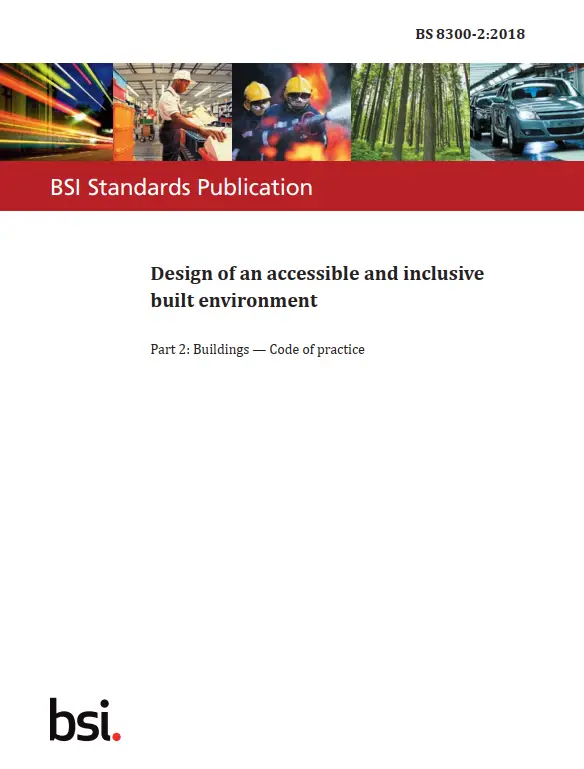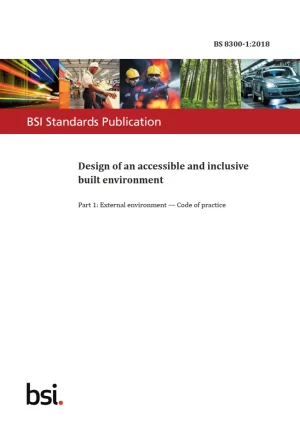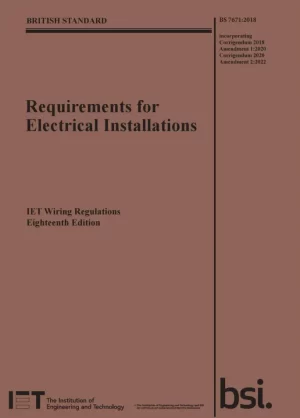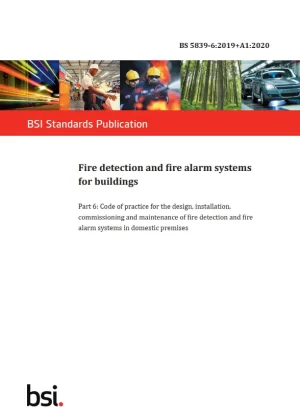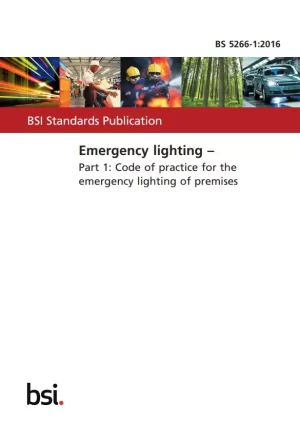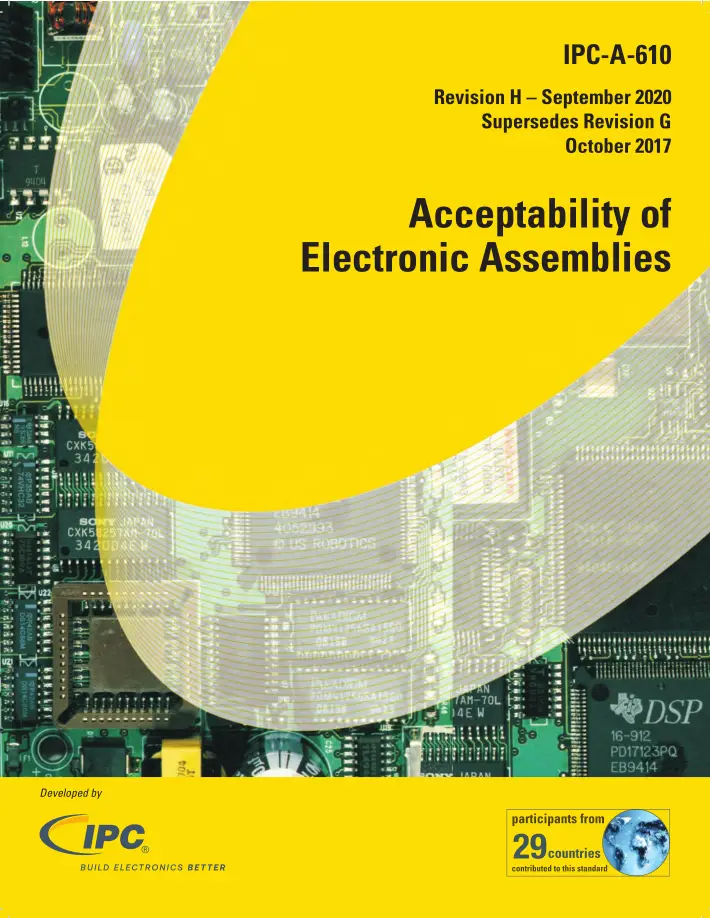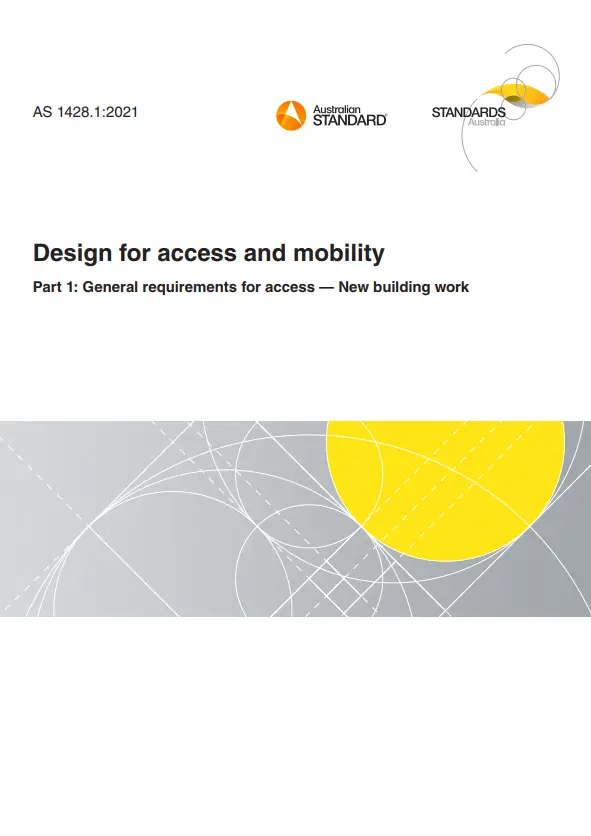BS 8300-2, 2018 Edition – Design of an accessible and inclusive built environment Part 2: Buildings — Code of practice
What is BS 8300-2 – Design of an accessible and inclusive built environment about?
A wide range of inclusive design solution guidance already exists. BS 8300-2 brings that diverse advice together to provide a definitive source of authoritative recommendations on the inclusive and accessible design of buildings.
BS 8300-2 on the design of an accessible and inclusive built environment is the second part in a two-part standard. BS 8300-1 deals with designing accessible and inclusive external environments.
Who is BS 8300-2 – Design of an accessible and inclusive built environment for?
BS 8300-2 on the design of an accessible and inclusive built environment can be adopted by:
- Local government officers in planning, access, design, conservation, and building control
- Their private sector counterparts
- Architects
- Interior designers
- Landscape designers
Why should you use BS 8300-2 – Design of an accessible and inclusive built environment?
BS 8300-2 gives recommendations on designing buildings to accommodate users with the widest range of characteristics and capabilities. It applies to:
a) External features of a building or group of buildings, such as entrances, outward opening doors, and windows, where they affect external access routes, and
b) Interiors of buildings such as entrances and reception facilities, horizontal and vertical movement, and facilities in the building
The recommendations given apply largely to new buildings, but can also be used when assessing the accessibility and usability of existing buildings and, where practicable, as a basis for their improvement. The extent to which the recommendations apply to listed and historic buildings is determined on a case-by-case basis.
BS 8300-2 on the design of an accessible and inclusive built environment applies to a wide range of buildings such as:
- Transport buildings
- Industrial buildings
- Administrative and commercial buildings
- Health and welfare buildings
- Refreshment, entertainment, and recreation buildings
- Religious buildings and associated facilities
- Educational, cultural, and scientific buildings
- Residential buildings (e.g. nursing, residential and care homes, student accommodation, common parts of blocks of flats)
- Temporary structures accessible to or usable by the general public
NOTE: BS 8300-2 does not apply to individual dwellings, or to residential buildings that are designed specifically to meet the requirements of people with complex or multiple impairments.
What’s changed since the last update?
BS 8300-2:2018 replaces BS 8300:2009. It is Part 2 because a new standard – BS 8300-1:2018 – has been added on designing accessible external environments. The numbering follows the logic of the original BS 8300, starting outside the building and working in.
As to what’s changed:
- Previous editions of BS 8300 advised specifically on designing for disabled people. This new BS 8300-2 explains how to design, build and manage the built environment in a way that is inclusive. Designing to address and integrate the access requirements of all people, irrespective of their personal circumstances, as part of mainstream design, achieves an inclusive environment which is always preferable to designating separate or specific features.
- BS 8300-2 draws on experience gained during the design and operation of the 2012 Olympic and Paralympic Games and gives extensive guidance on the development of inclusive design strategies, the use of design and access statements, and the development of an access strategy.
- BS 8300-2 has also started to consider the needs of people with neuro-diverse conditions, though it is recognized that more research is needed in this area.
General Product Information:
| Revision | 2018 Edition |
| Document Type | |
| Document Language | English |
| ISBN | |
| Pages | |
| Publisher | British Standards Institution (BSI) |
| Status | Current |
| Purchase Note | All current amendments available at time of purchase are included with the purchase of this document. |

